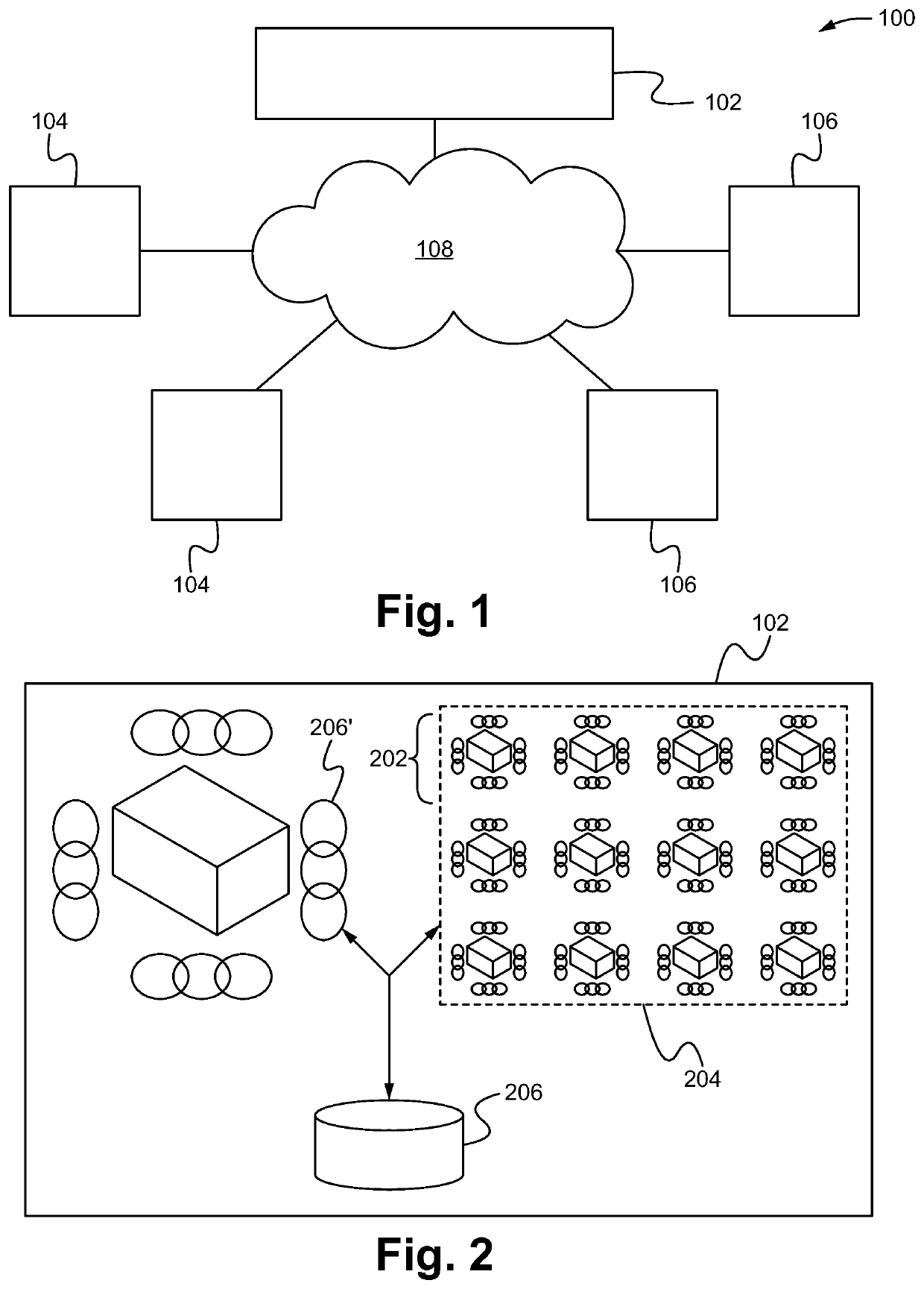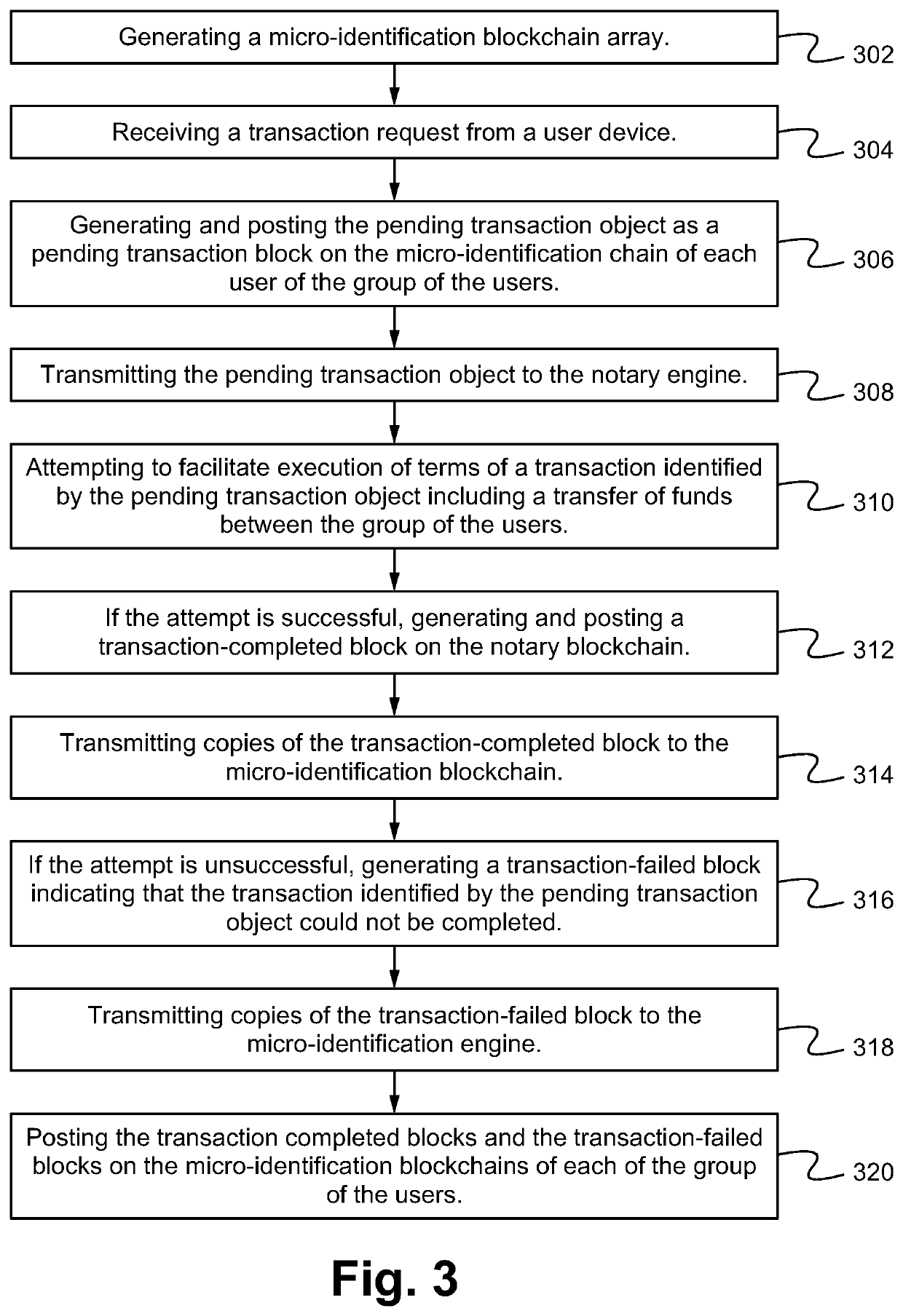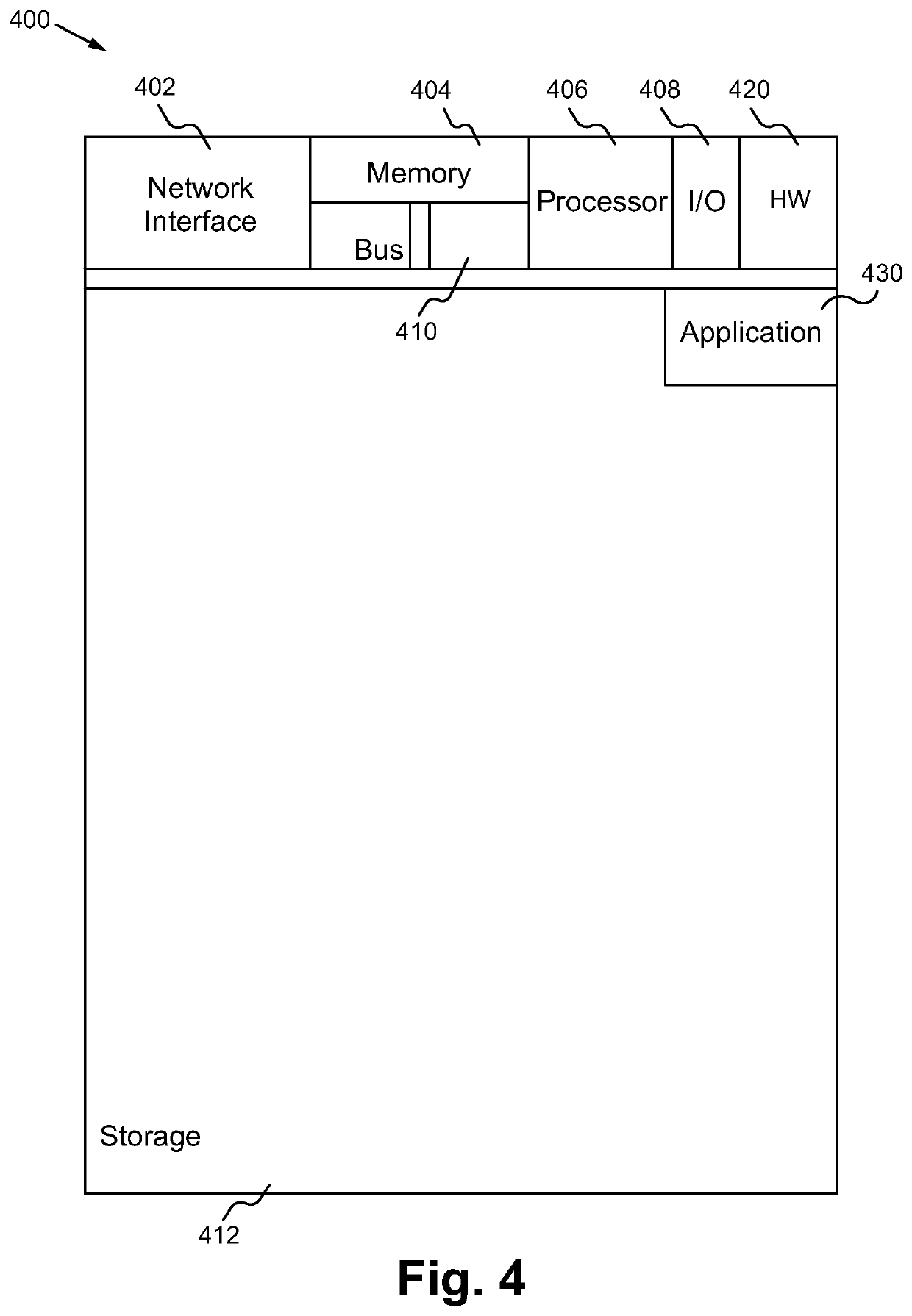Blockchain architecture, system, method and device for automated cybersecurity and data privacy law compliance with delayed block posting protocol
a technology of delayed block posting and blockchain, applied in payment protocols, instruments, data processing applications, etc., can solve problems such as inability to scale, large potential of distributed ledgers, and inability to achieve large-scale effects
- Summary
- Abstract
- Description
- Claims
- Application Information
AI Technical Summary
Benefits of technology
Problems solved by technology
Method used
Image
Examples
Embodiment Construction
[0025]Embodiments are directed to a transaction platform including a notary distributed ledger or blockchain and one or more separate micro-identifier chains (MIDCs) that together enable the secure effectuation and recordation of one or more transactions while maintaining transaction party confidentiality and preventing chain poisoning. The notary distributed ledgers or blockchains are able to be a single transaction blockchain to store, maintain and provide information about the parties related to the transactions which the blockchain is able to utilize in order to securely and quickly validate, execute and record the transactions. The single transaction distributed blockchain is able to be a public or private blockchain (e.g. a distributed blockchain or database across a plurality of computing devices that each store copies of transactions in one or more linked blocks) that maintains a continuously-growing list of data records hardened against tampering and revision. In particular...
PUM
 Login to View More
Login to View More Abstract
Description
Claims
Application Information
 Login to View More
Login to View More - R&D
- Intellectual Property
- Life Sciences
- Materials
- Tech Scout
- Unparalleled Data Quality
- Higher Quality Content
- 60% Fewer Hallucinations
Browse by: Latest US Patents, China's latest patents, Technical Efficacy Thesaurus, Application Domain, Technology Topic, Popular Technical Reports.
© 2025 PatSnap. All rights reserved.Legal|Privacy policy|Modern Slavery Act Transparency Statement|Sitemap|About US| Contact US: help@patsnap.com



